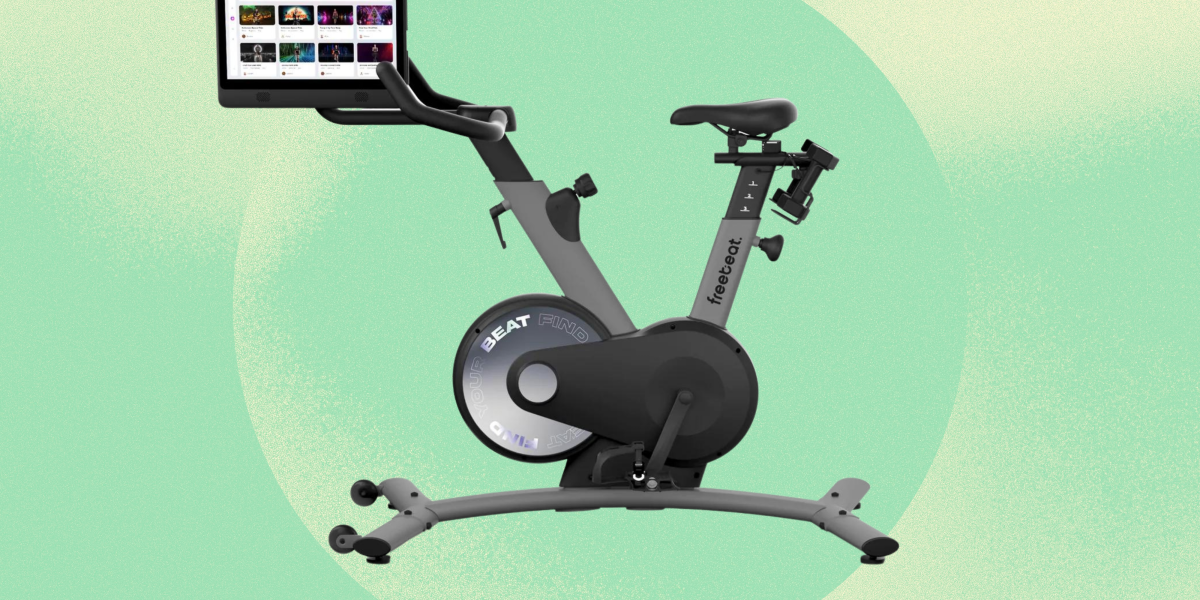There’s no denying the satisfaction you feel after a seriously good fitness class. When the sweat is dripping, your heart is still pumping, and you just know that you absolutely crushed it—you get it. Peloton has done an excellent job at recreating that feeling at home, but it comes at a relatively high price point that a lot of folks can’t justify: say, roughly $1,445 for the original Peloton Bike, and $44 per month for the Peloton All-Access Membership. The best Peloton alternatives offer an at-home cardio boost with many of the same features—and costs less than the real deal.
When we say “Peloton alternative,” we’re not talking about any standard indoor exercise bike. The Peloton alternative bikes we selected offer a group fitness or coaching experience from the comfort of home, either through a built-in screen or a connected app that you can stream from your phone, tablet, or laptop. Ahead, we tapped a handful of certified cycling instructors for their advice when you’re ready to saddle up.
What are the benefits of using a Peloton alternative?
Opting for a Peloton alternative versus a standard indoor bike will give you more of a community-driven workout experience than a bike without a screen or connected app. Why’s that so important? “Research shows there are multiple possible benefits from working out in a group, like sparking motivation, improving workout performance, and increasing intensity,” Charlie Meredith, NASM-CPT, chief curriculum lead for Barry’s RIDE, tells SELF. Having a certified instructor leading you in a ride is probably a safer alternative to buying an indoor bike and winging it—especially if you have little cycling experience. And if you choose to use the attached screen to coast along to your favorite show on Netflix or take a virtual scenic ride, it might distract you from how tough those intervals are feeling.
A benefit of opting for a non-smart bike that has a tablet or laptop stand is that you can try out a bunch of different workout apps, like Peloton, JRNY, Zwift, or Equinox+ instead of being tied to the one that comes with a smart bike. “I highly recommend testing the water out,” Amanda Margusity, a Spinning-certified lead instructor at Cyclebar in Stamford, Connecticut, tells SELF. “Do some research, sign up for a free trial, and ask friends what they like. The most important piece of your fitness journey is that you are excited to show up for it.”
What should you look for in a Peloton alternative indoor bike?
Like we mentioned before, the mark of a true Peloton alternative is that there’s some way to take fitness classes via an attached screen or a tablet holder. Beyond that, Jordan Reichert, NASM-CPT, lead instructor at Cyclebar in Kansas City, Missouri, notes that “the key features are those that lend to the bike’s accessibility: Adjustable settings to accommodate a range of bodies and potential injuries, and adjustable resistance for riders of all levels.” That said, check the bike’s weight capacity to make sure you’ll be supported both in and out of the saddle. You’ll also want to ensure that the bike can be adjusted to your height. According to our experts, most bikes they’ve come across cater to folks between four-foot-ten and six-foot-ten,” but always double check on the brand’s site.
